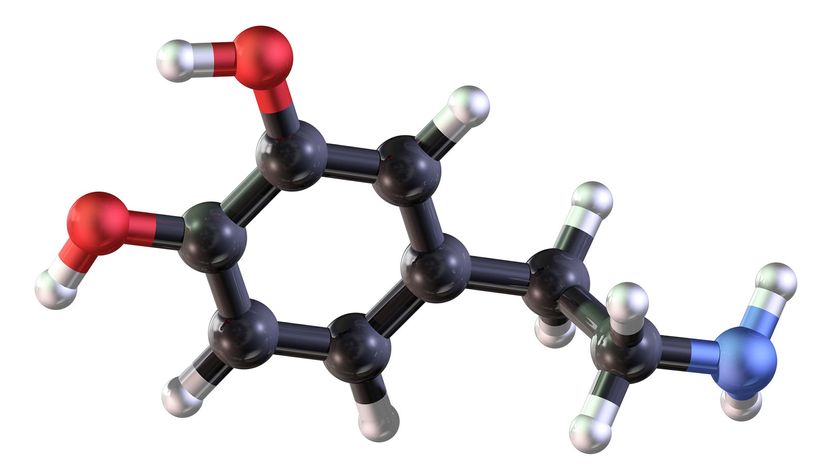
Chances are that you've heard of the neurotransmitter dopamine, which seems to get as much sensational media coverage as many Hollywood celebrities. In scores of articles on the internet, dopamine is depicted as the secret sauce for human misbehavior — the thing that supposedly causes us to crave everything from sex to chocolate to betting money we can't afford to lose in blackjack. If you believe the hype, it's also what makes us check Facebook every 20 minutes and sit on the couch for hours killing zombies in a video game. Dopamine is often linked with addiction, alcoholism, sexual lust, compulsive behavior and dangerous risk-taking.
As the British science journalist Vaughn Bell once complained, the mere mention of dopamine tends to make something sound like a scientifically proven vice."If you disagree with something, just say it releases dopamine and imply it must be dangerously addictive," he wrote, calling dopamine the Kim Kardashian of neurotransmitters, for its "instant appeal to listless reporting."
Advertisement
In truth, though, dopamine is simply a chemical that enables signals to pass through synapses, the spaces between neurons. By doing that, it enables networks composed of vast numbers of neurons to do their jobs [source: Brookshire]. All of this is actually much more complicated, which we'll get into later.
So why does dopamine have such a scandalous reputation? It's because dopamine signaling is a key player in the brain's reward system, which influences us to do things that feel pleasurable, and to do them over and over. But that's only one of the numerous functions that dopamine performs in our bodies. It's also vital for important processes such as motor control, learning and memory. Malfunctions in the wiring that uses dopamine seems to play a role in numerous disorders, including Parkinson's and schizophrenia [source: Jiang].
In this article we'll explain what dopamine is and how it works in our brains and bodies. We'll also explain what dopamine isn't, and try to dispel some of the myths that have arisen around the chemical.
Advertisement


